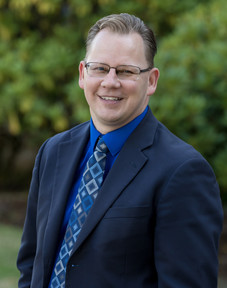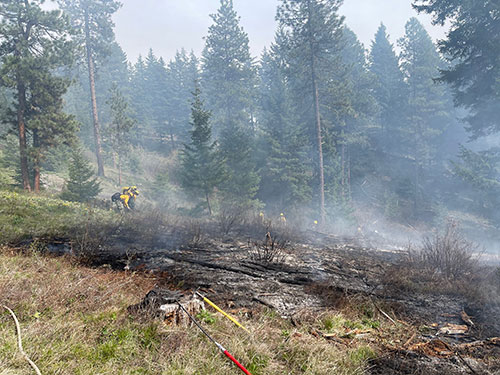REYKDAL: School Buildings Closed, But Learning Continues
Today, Governor Inslee announced that schools will be prohibited from providing traditional, in-person instruction for the remainder of the school year. Below is Superintendent Chris Reykdal’s statement.
 OLYMPIA—April 6, 2020—In mid-March, Governor Inslee closed all public and private K–12 schools in our state through April 24. Today, he extended that directive and ordered all school buildings to close throughout the remainder of the 2019–20 school year.
OLYMPIA—April 6, 2020—In mid-March, Governor Inslee closed all public and private K–12 schools in our state through April 24. Today, he extended that directive and ordered all school buildings to close throughout the remainder of the 2019–20 school year.
We have more than 1.2 million students in our state who are impacted by this. Over 80,000 seniors may have attended their last in-person high school class without knowing it.
Just as our great-grandparents understood after two World Wars and the Great Depression, this generation will grow up knowing how to persevere in the face of challenges.
Especially during times of uncertainty, students need our support. They need grace, and structure, and routine. Even though the world may feel like it’s upside down, our students need to know that we will move forward.
These next two months will be tough. I won’t diminish that. However, learning must continue.
It will look different than we are used to. It will be more flexible, and it will evolve as we learn more and gain experience in the tools available to us.
Over the past three weeks since schools first closed, my office has worked tirelessly to provide guidance to school districts, keep the public informed, and problem-solve ways of ensuring all students in our state have access to high-quality continuous learning during this school closure.
This includes working with our congressional delegation to obtain waivers of some federal requirements in order to provide districts with much needed flexibility, as well as securing additional funding to support this continuous learning.
It includes providing school districts with a detailed framework for providing educational services during these unprecedented times, including tools and resources for overcoming inequities in access.
It also includes working with internet providers and software leaders to ensure every student and educator within the state has access to a device, home connectivity, and platforms for teaching and learning to take place.
This is not to say that moving traditional, in-person instruction to an online model is what is best for every student or every district. However, this is an unprecedented time.
This won’t be perfect. But we are a state full of dedicated, talented professionals who will continue running through walls to serve our students.
We will not let the fear of imperfection stand in our way.
For More Information
- OSPI’s COVID-19 Guidance & Resources
- Washington State Coronavirus Response website
- Superintendent Reykdal’s March 27 address to educators, parents, students, and seniors (video)
- Superintendent Reykdal’s April 3 Q&A (video)




